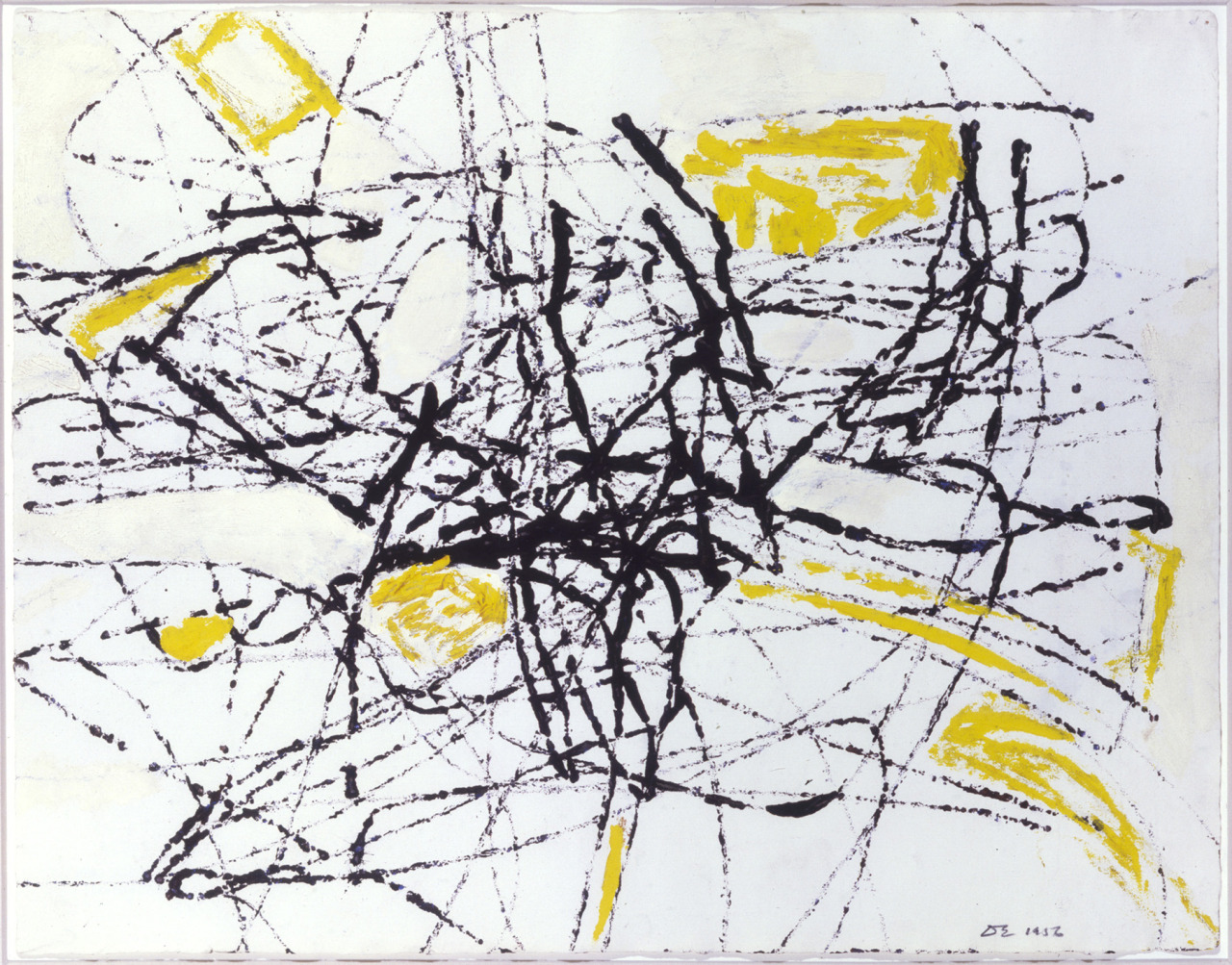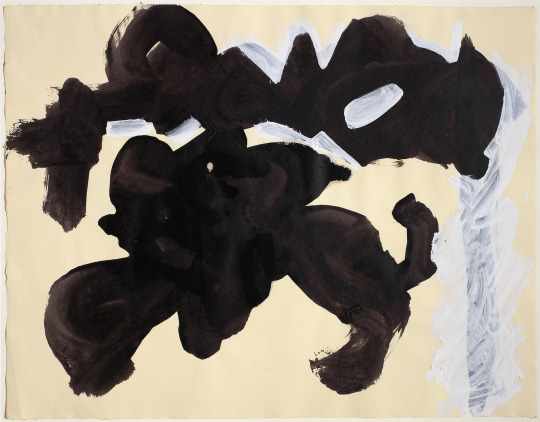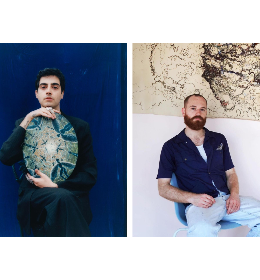David Smith died unexpectedly in 1965. How and when was it decided to create an Estate ? Did David Smith imagine an Estate in his lifetime ?
David Smith set up his estate a few years before his death, and he died very young, at the age of 59. He left everything in a trust to his two, young daughters, Rebecca and Candida, and he appointed three executors : Clement Greenberg, a leading critic and early supporter of Smith’s; Robert Motherwell, one of Smith’s closest friends; and Smith’s lawyer. I think Smith felt Greenberg had a deep understanding of his work’s importance. Smith was particularly close to Motherwell, who was an artist, and importantly, also had two daughters roughly the same age as Smith’s, I believe that Smith felt that entrusting Motherwell to oversee his estate would also help ensure that his daughters would have a kind of extended family that they could connect with.
© 2015 The Estate of David Smith, licensed by VAGA, New York, NY
What is the role of the Estate ?
First of all, I should make it clear that the term “estate” is generally understood to mean the work which is owned by an artist at the time of his or her death. Technically the “Smith Estate” became a trust, and Smith’s work was ultimately distributed to his daughters. We maintain the term the “Estate of David Smith” because within the art world that is most clearly understood. The Estate’s role has expanded over the years. But most broadly, it is to support and promote the understanding of David Smith’s work. We preserve and maintain a collection of Smith’s work in all media, as well as the artist’s archive. We work with many public institutions, scholars, and students, as well as commercial galleries, and have an active program of research, and international exhibitions. By the mid and late nineteen seventies, Smith’s daughters felt strongly that their father’s work and legacy had been badly handled by the trustees.
Clement Greenberg did not defend David Smith’s work, and Robert Motherwell had not been an active trustee.
I had met Rebecca Smith in university in the mid seventies. I saw what Greenberg was doing, and it just so happened that at the same time that Rebecca and I got married, she and her sister took charge of the Estate. Initially I was going to watch over the Estate until they could find someone to run it. Instead, I got involved in a number of projects and developed the passion to take on this legacy in a more professional manner.

David Smith, Drawing for Sculpture 2, 1953, ink on paper, 15 1/2 x 20 1/4 in.
© 2015 The Estate of David Smith, licensed by VAGA, New York, NY
The Estate manages the catalogue raisonné of the artist. What steps do you take to authenticate an artwork ? Who is on the expert committee? Must the decisions be made unanimously ?
Recently, the Estate of Basquiat and Warhol dissolved due to complications arising from collectors owning artworks not deemed genuine by the committee. Does this concern you?
One of the biggest concerns of authentication committees is the threat of legal action. The big issue for a foundation is its responsibility to its mission, and under American law, that’s taken very seriously. I think the Warhol Foundation came to the conclusion that defending lawsuits was not part of its mission. In the case of David Smith’s work, there is a high level of confidence regarding his known oeuvre. Of course, we research every work thoroughly, and will have the highest level of transparency regarding our process. We can only include works that meet standards for clear attribution, and these criteria will be clearly stated. There may be objects that end up falling into a category of works needing further research. The Jackson Pollock catalogue raisonné had a section on such works. I think that’s a great way to deal with it. I’m hoping that because of the facts we’re dealing with, the work we’re dealing with, our intentions and the way the catalogue raisonné process has been undertaken, we will be able to deal with any conflicts productively.

David Smith, DS 1956, 1956, ink and tempera on paper, 15 3/4 x 20 1/4 in.
© 2015 The Estate of David Smith, licensed by VAGA, New York, NY
It’s interesting to compare the foundation between France and the USA, because in France it’s very detailed, and the law is very strict, anyone can be an expert in France.
We don’t have droit moral regarding authentication (in the USA) ; I think we have more of a meritocracy. It boils down to the credibility of the scholarship.
Karsten Greve Gallery
David Smith. « Drawing and Sculptire : Acting in Space »
Until June 27th










